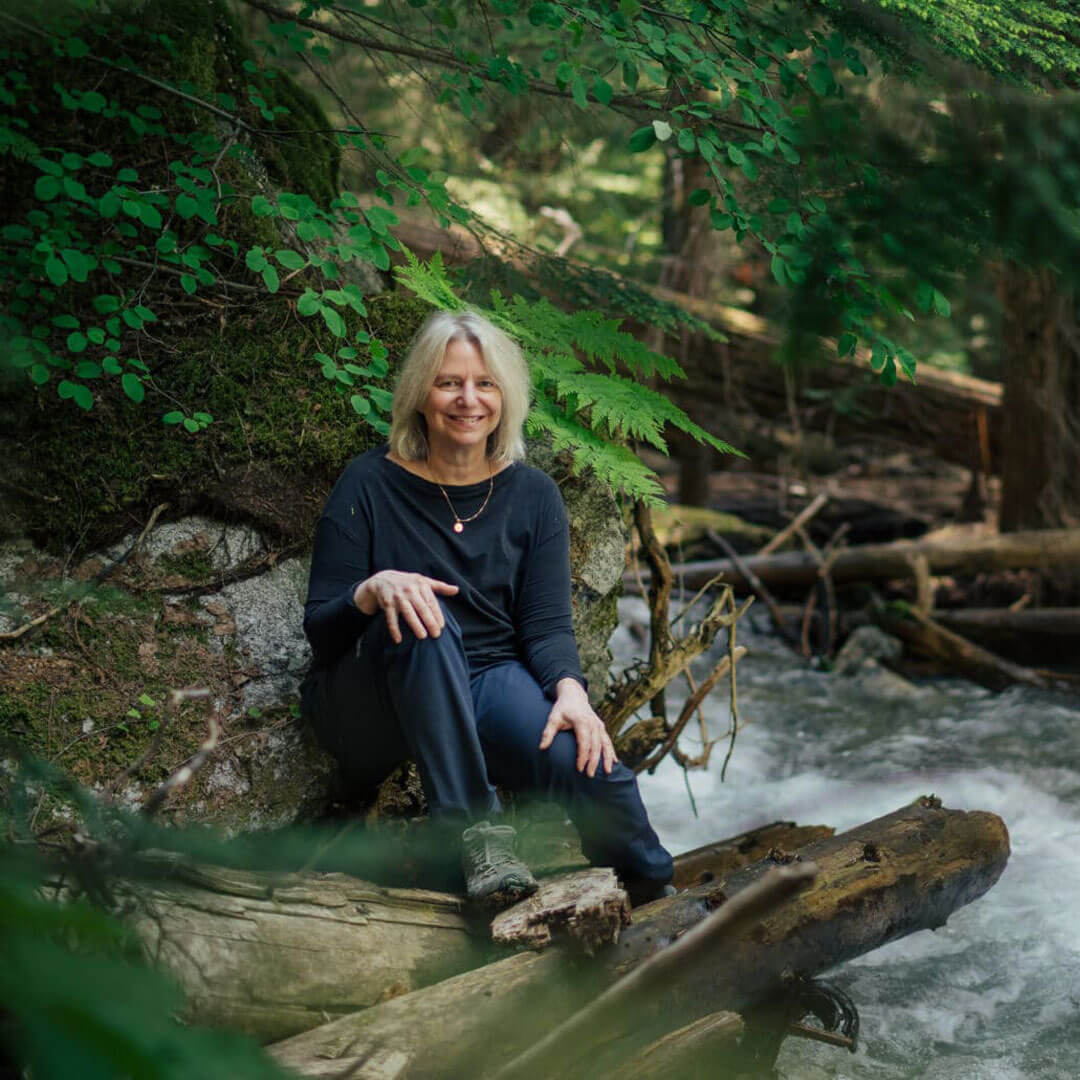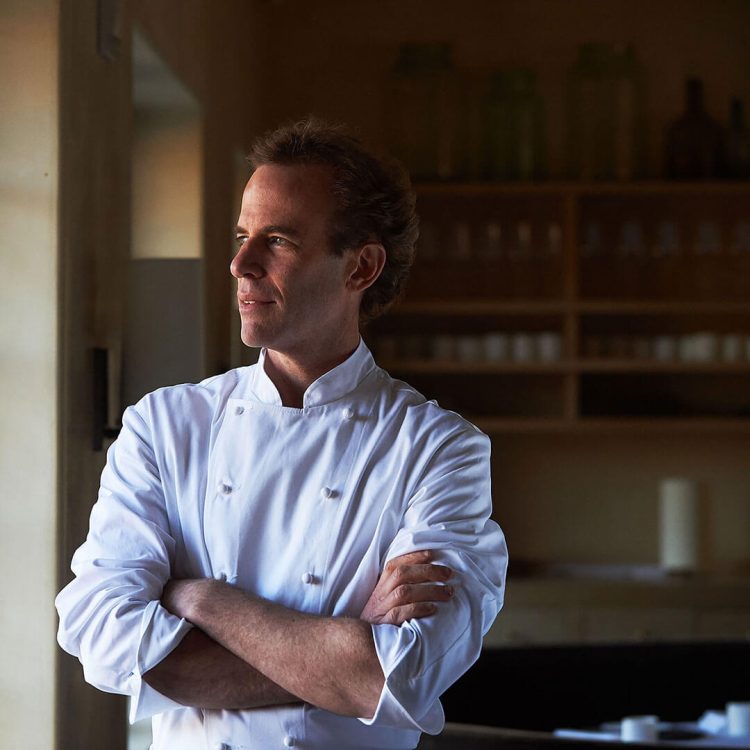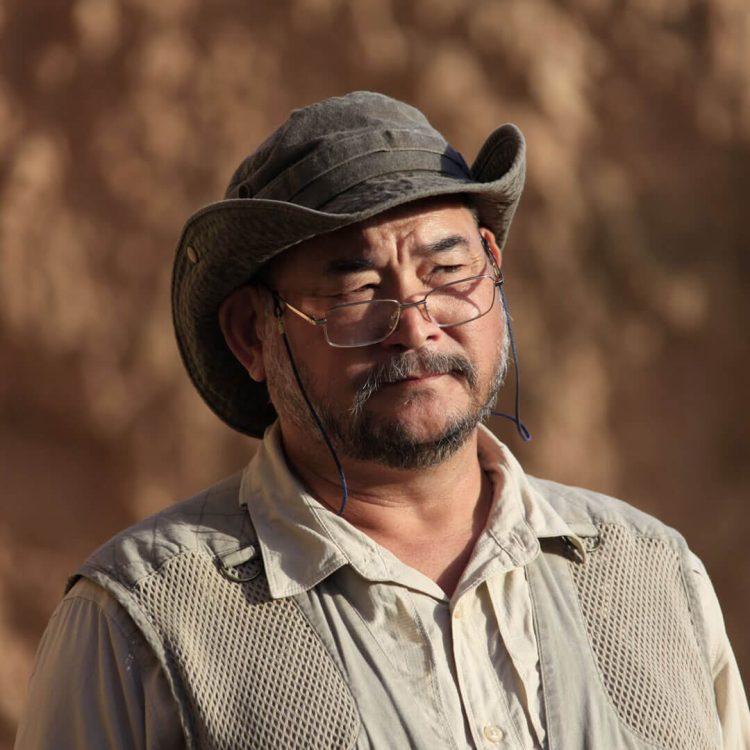How trees talk to each other in a healthy forest
This fascinating talk presents the scientific research that shows the interconnectedness of life in the forest ecosystem. It takes us beneath the forest floor where we learn how trees are communicating and exchanging resources. Going beyond the simple view of a forest as a resource to be exploited, it presents the forest as a complex network of life. Her examination of the relationships that make up the complexity of nature present compelling support for the idea that “We are all one.”
Suzanne Simard studies the surprising and delicate complexity in nature. Her main focus is on the below-ground fungal networks that connect trees and facilitate underground inter-tree communication and interaction. Her team’s analysis revealed that the fungi networks move water, carbon and nutrients such as nitrogen between and among trees as well as across species. The research has demonstrated that these complex, symbiotic networks in our forests — at the hub of which stand what she calls the “mother trees” — mimic our own neural and social networks. This groundbreaking work on symbiotic plant communication has far-reaching implications in both the forestry and agricultural industries, in particular concerning sustainable stewardship of forest’s and the plant’s resistance to pathogens. She works primarily in forests, but also grasslands, wetlands, tundra and alpine ecosystems.
Featured image source: The Narwhal: Finding the Mother Tree. Ecologist Suzanne Simard offers solutions to B.C.’s forest woes






